Description from Manufactum
Laboratory glass. Despite looking like a laboratory instrument, this conical bottle is not designed for experiments. The spout opening has a diameter of a mere 4 mm, ideal for drizzling. There is a small groove in the glass on the side of the stopper, enabling air access and hence smooth, slow pouring. The neck of the bottle is ground, thus firmly holding the stopper during pouring.
- Volume 500 ml, height 24,5 cm, base 10,5 cm dia. Weight 200 g.
- Volume 250 ml, height 20 cm, base 8,5 cm dia. Weight 140 g.
Laboratory glass at home – Jenaer Glas.
The famous Jenaer Glas was developed by Schott in the 1920s. This heat-resistant glass, which can be used in ovens and microwaves, soon won acclaim all over the world. In many ways the history of Jena household glass runs parallel to that of the quest for industrial design. The Bauhaus in Weimar was only 20 km away from Jena and its designers were fascinated by the idea of using laboratory glass in the kitchen: Walter Gropius was a strong influence, Gerhard Marcks did the sketches for the famous Sintrax coffee machine and Wilhelm Wagenfeld worked for Schott & Partners on a permanent basis from 1931 onwards.
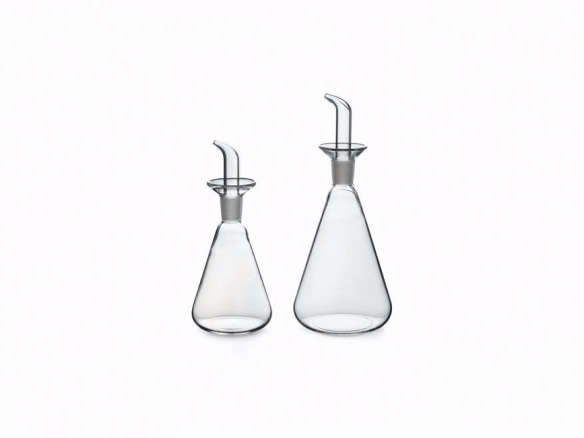
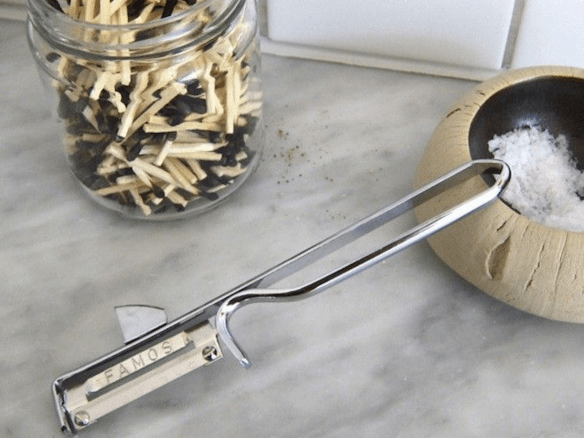
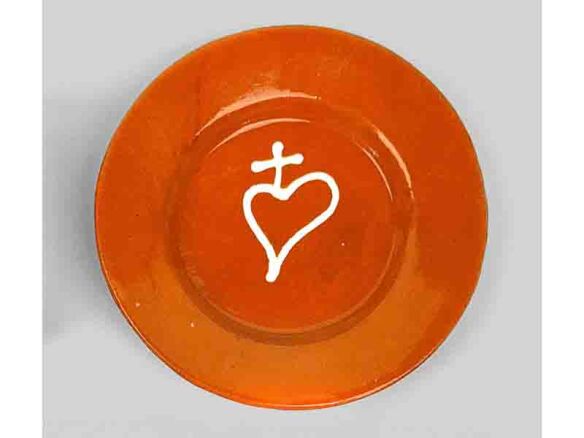
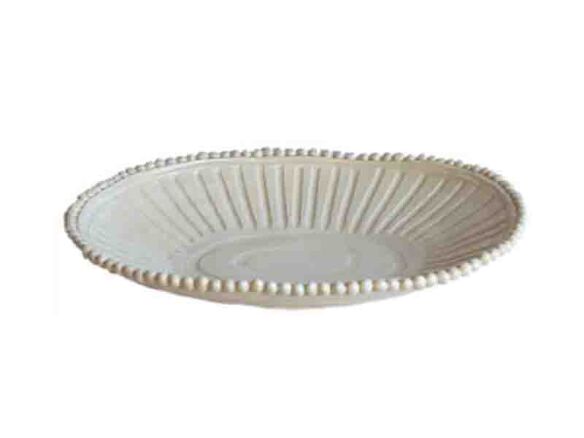

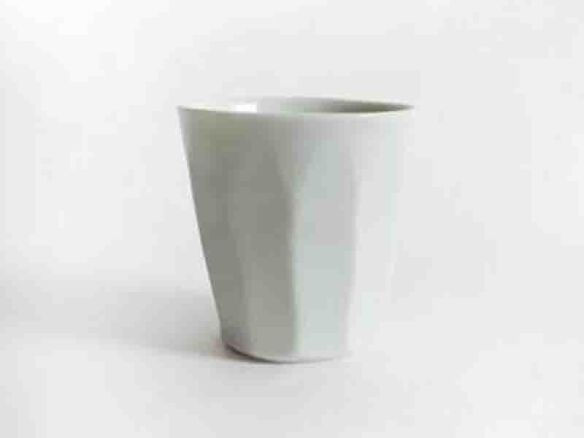
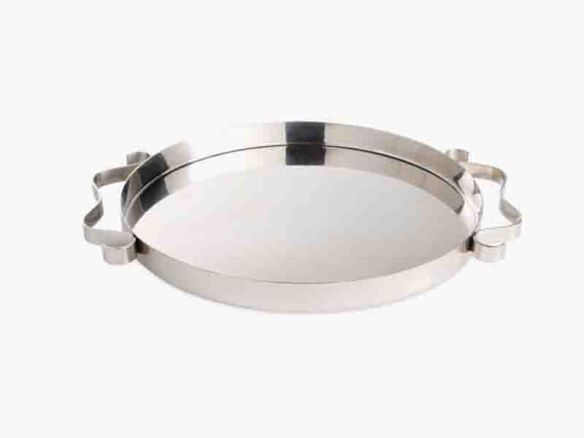
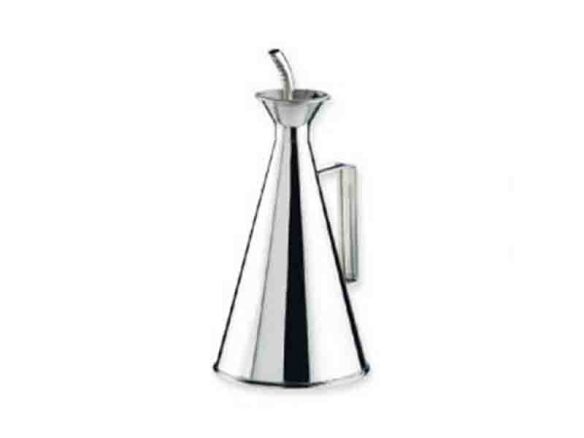
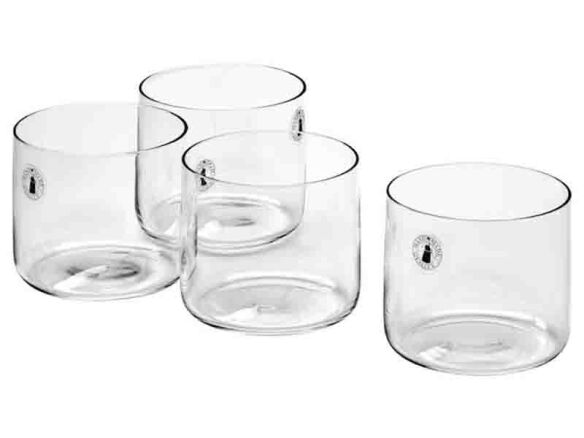
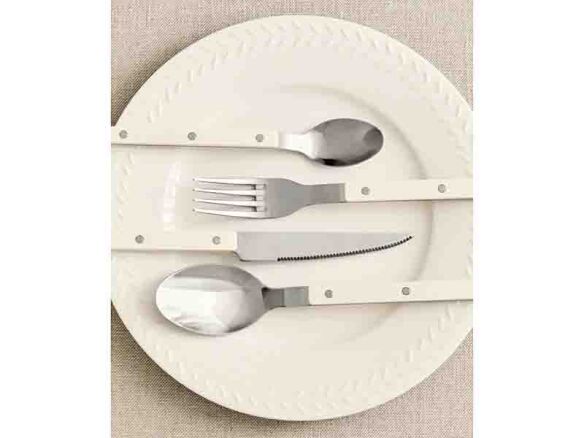

Have a Question or Comment About This Product?
Join the conversation (0)